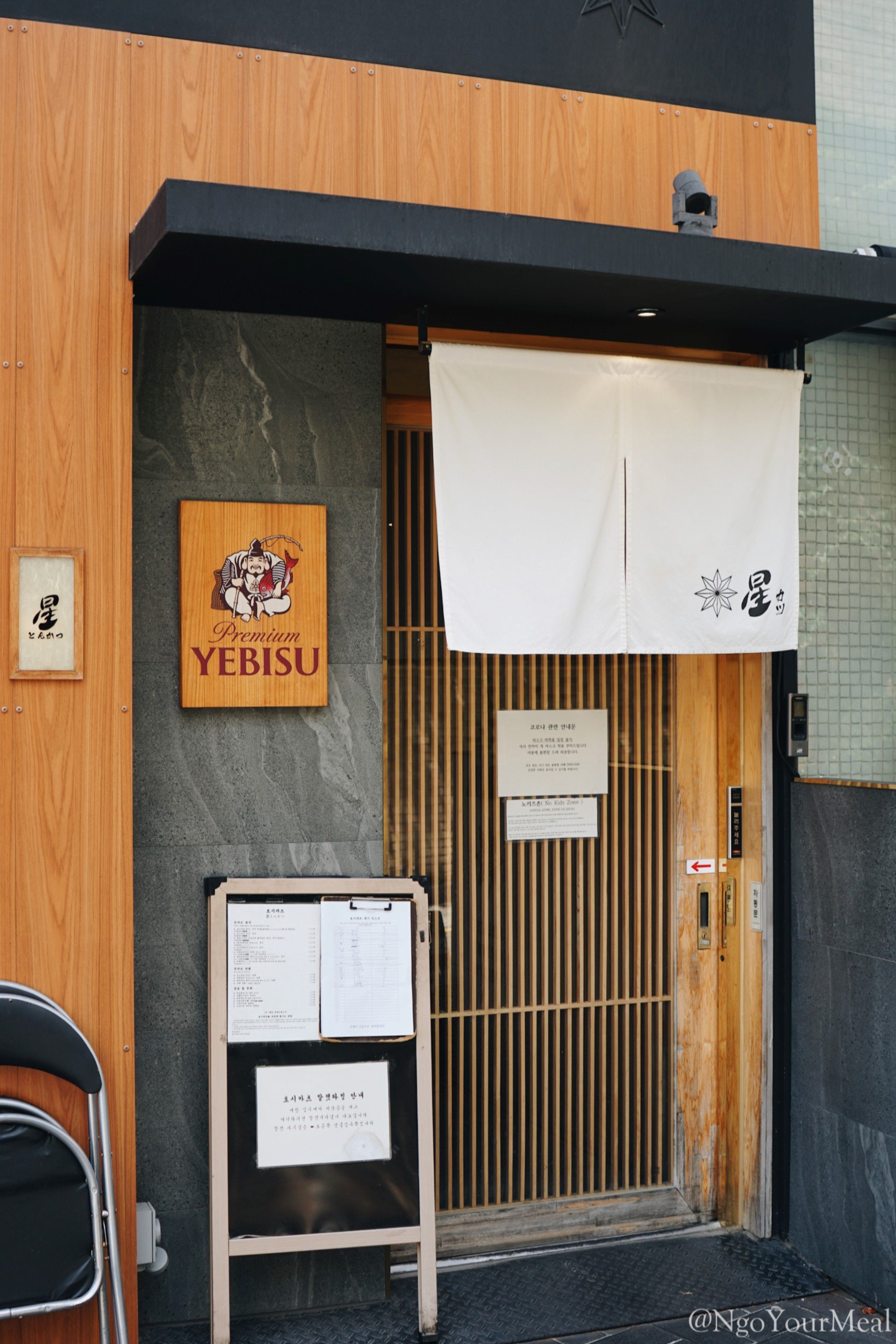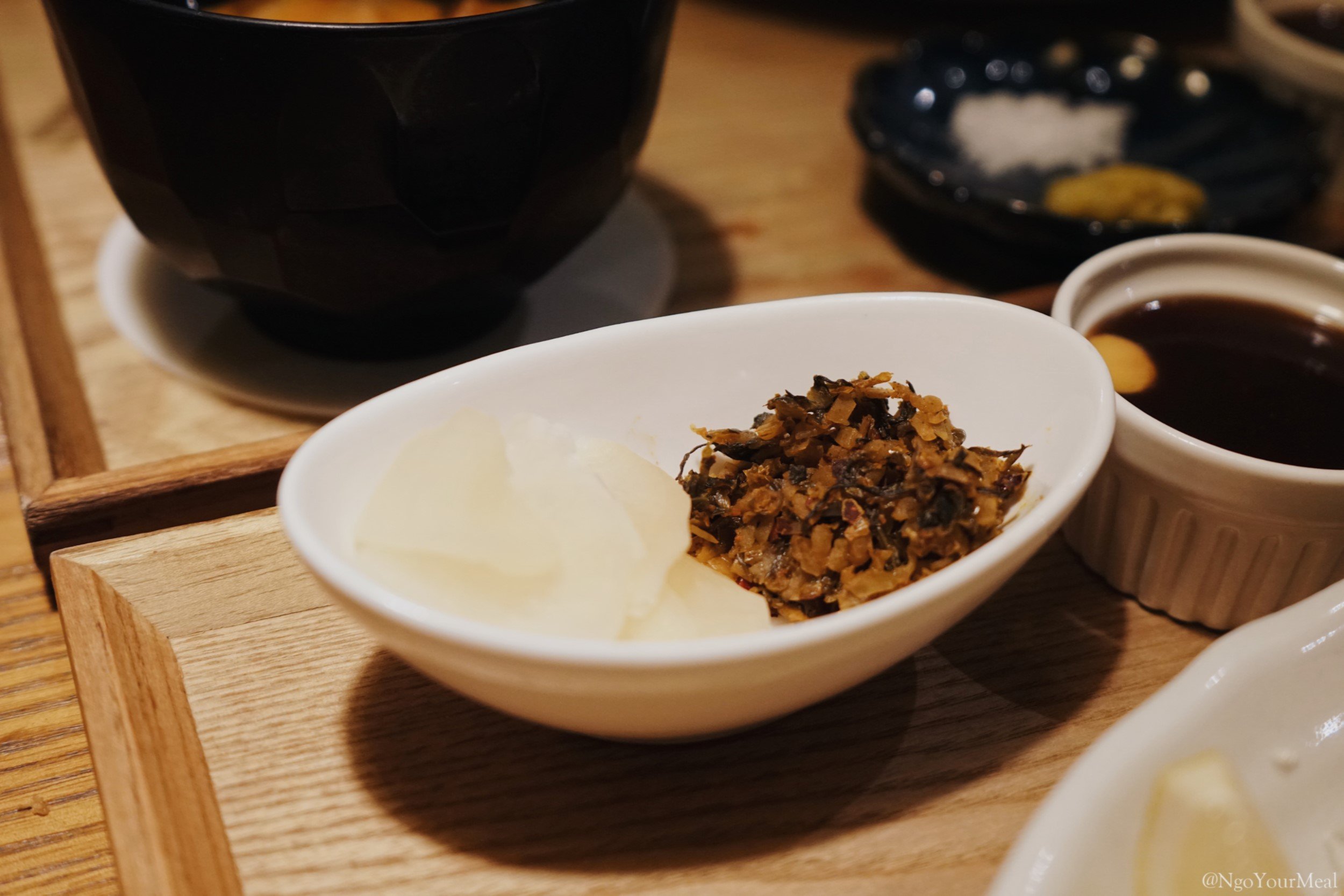Hoshi Katsu (호시카츠): Worth One's Weight in Golden, Fried Cutlet
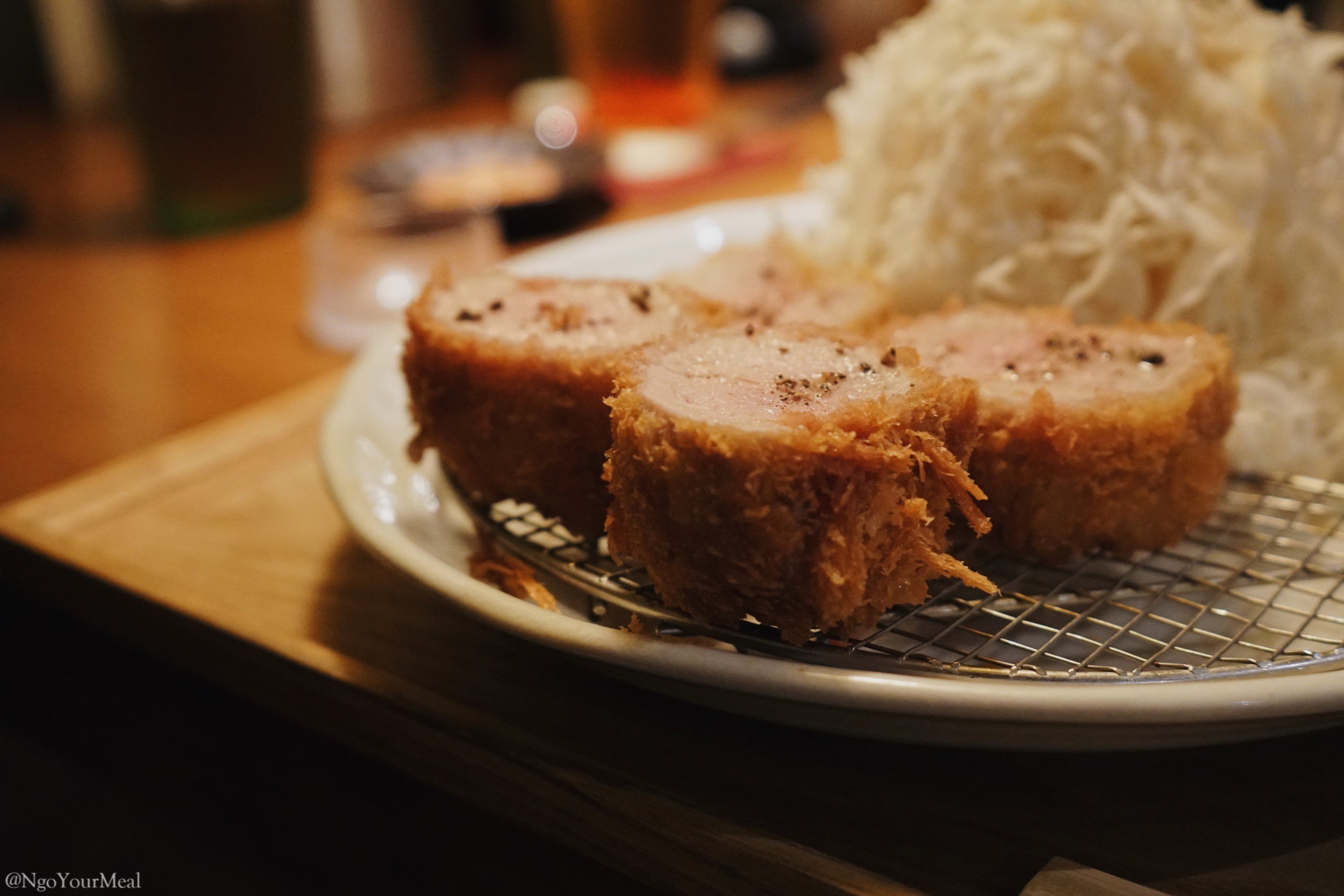
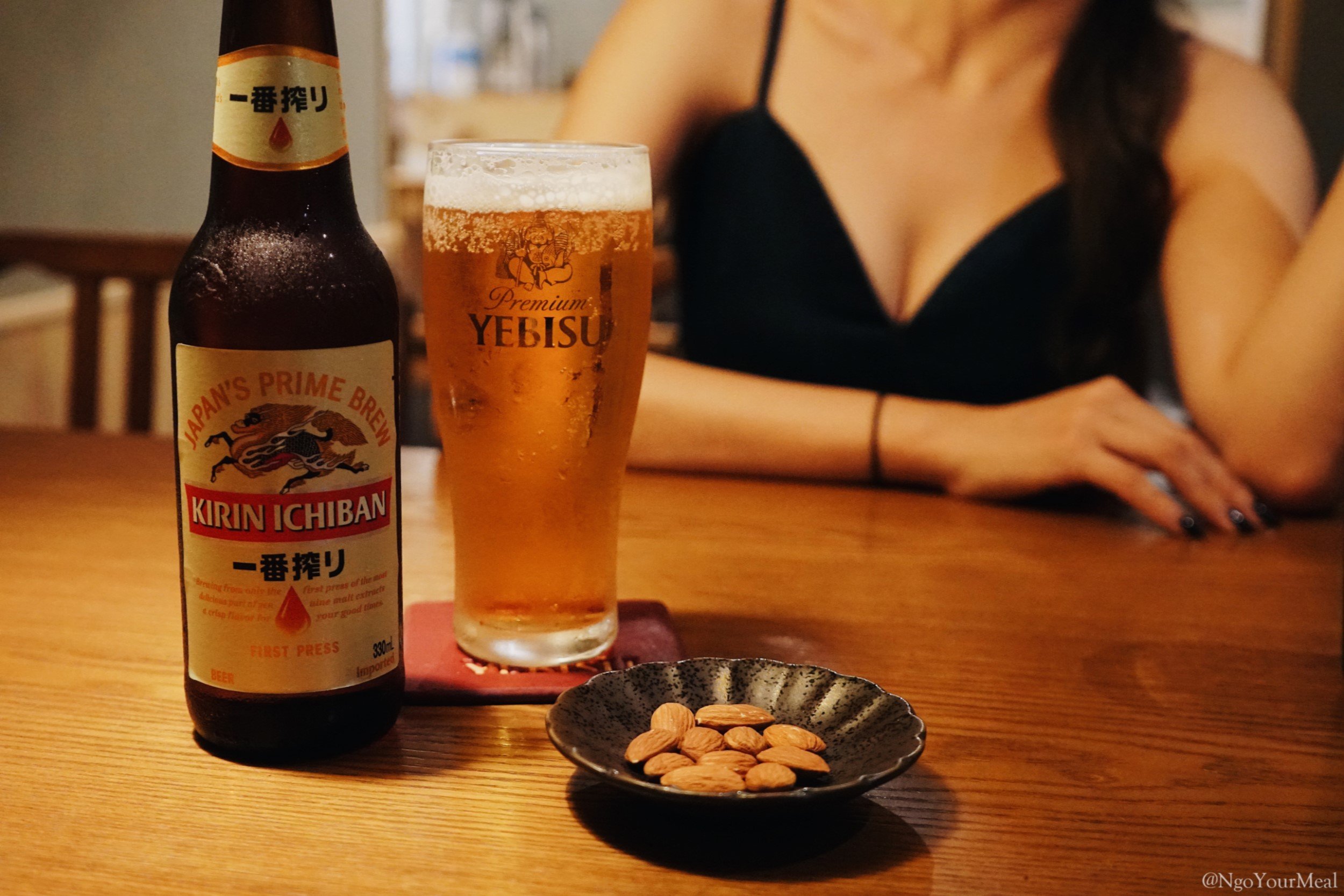
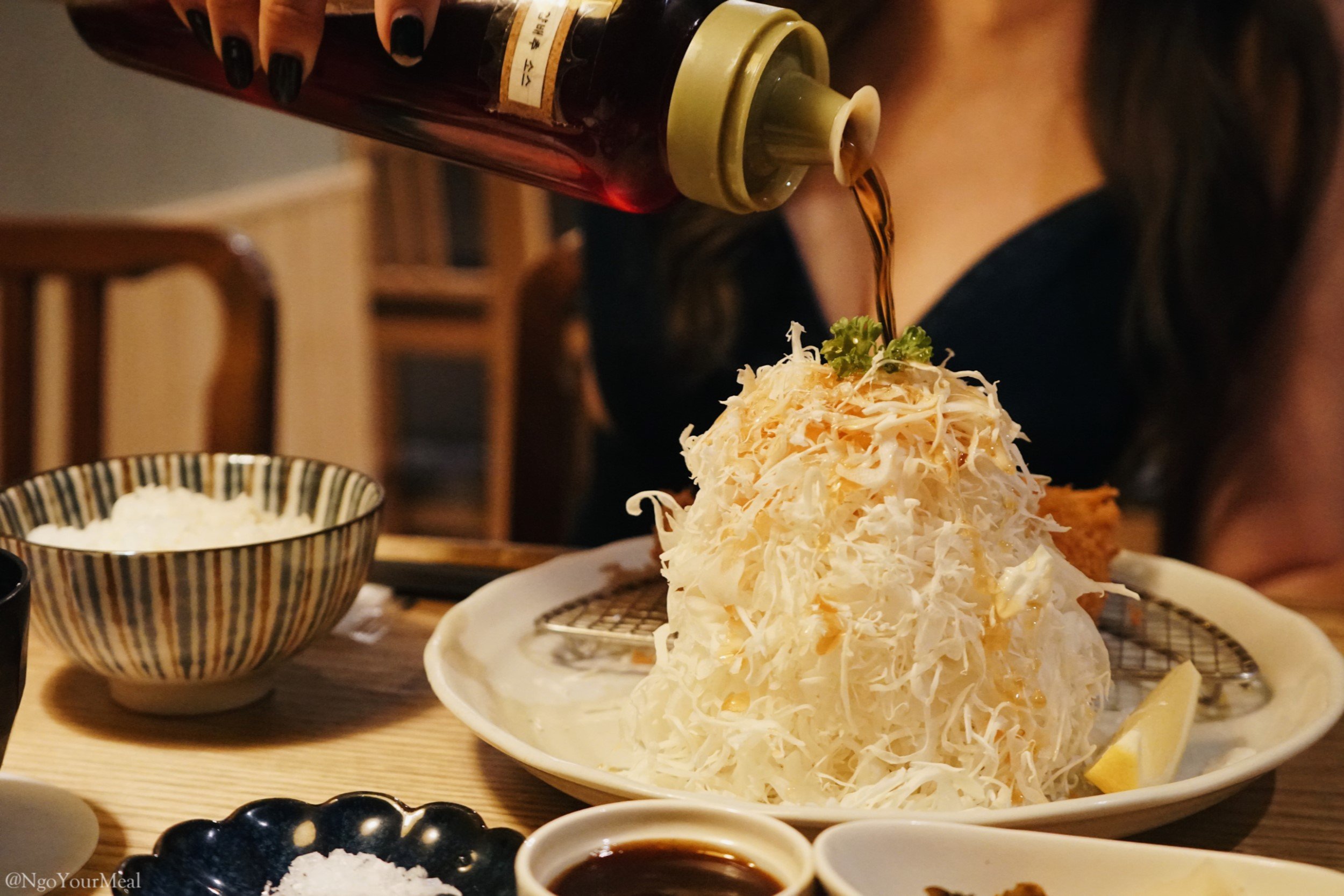
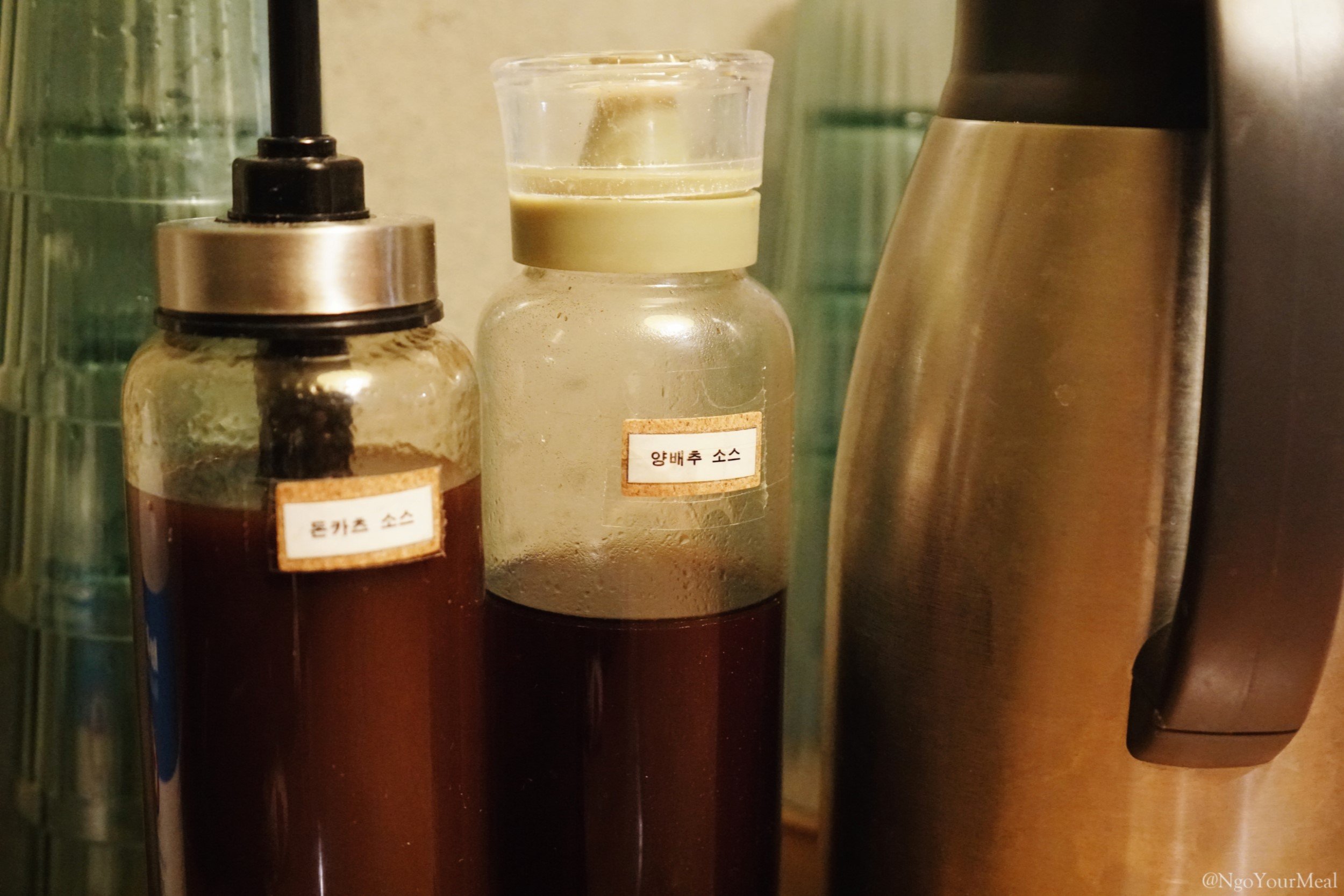
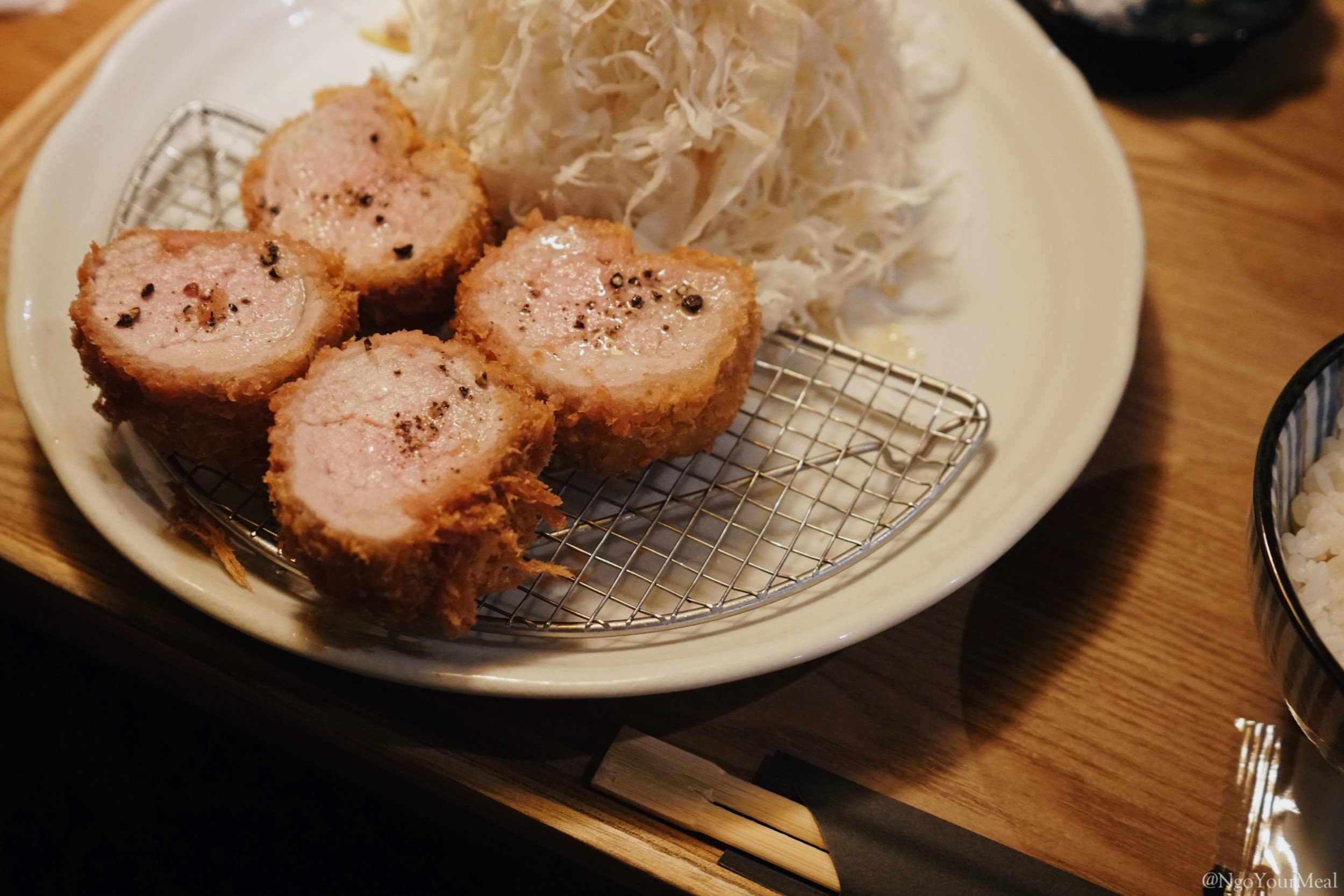
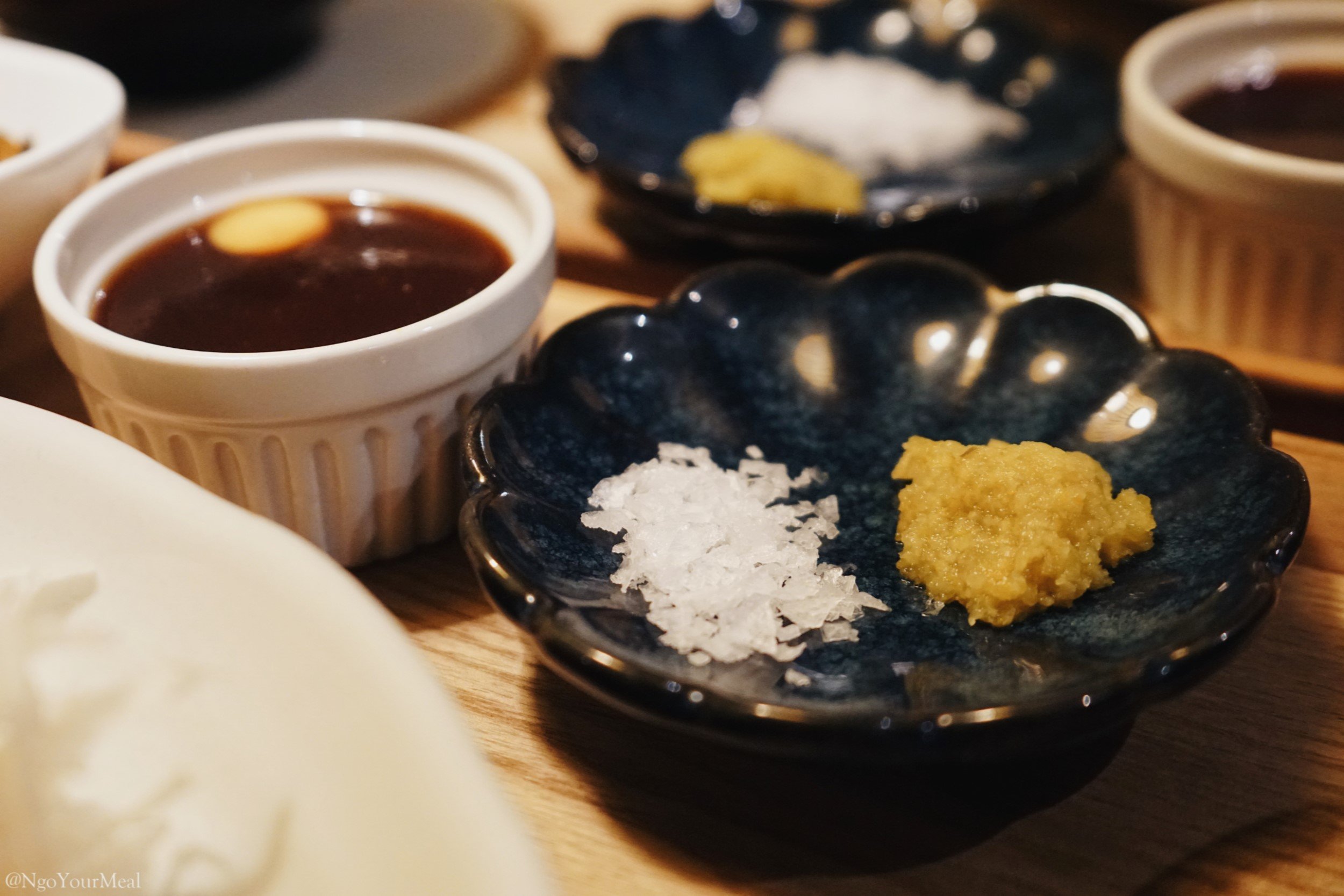
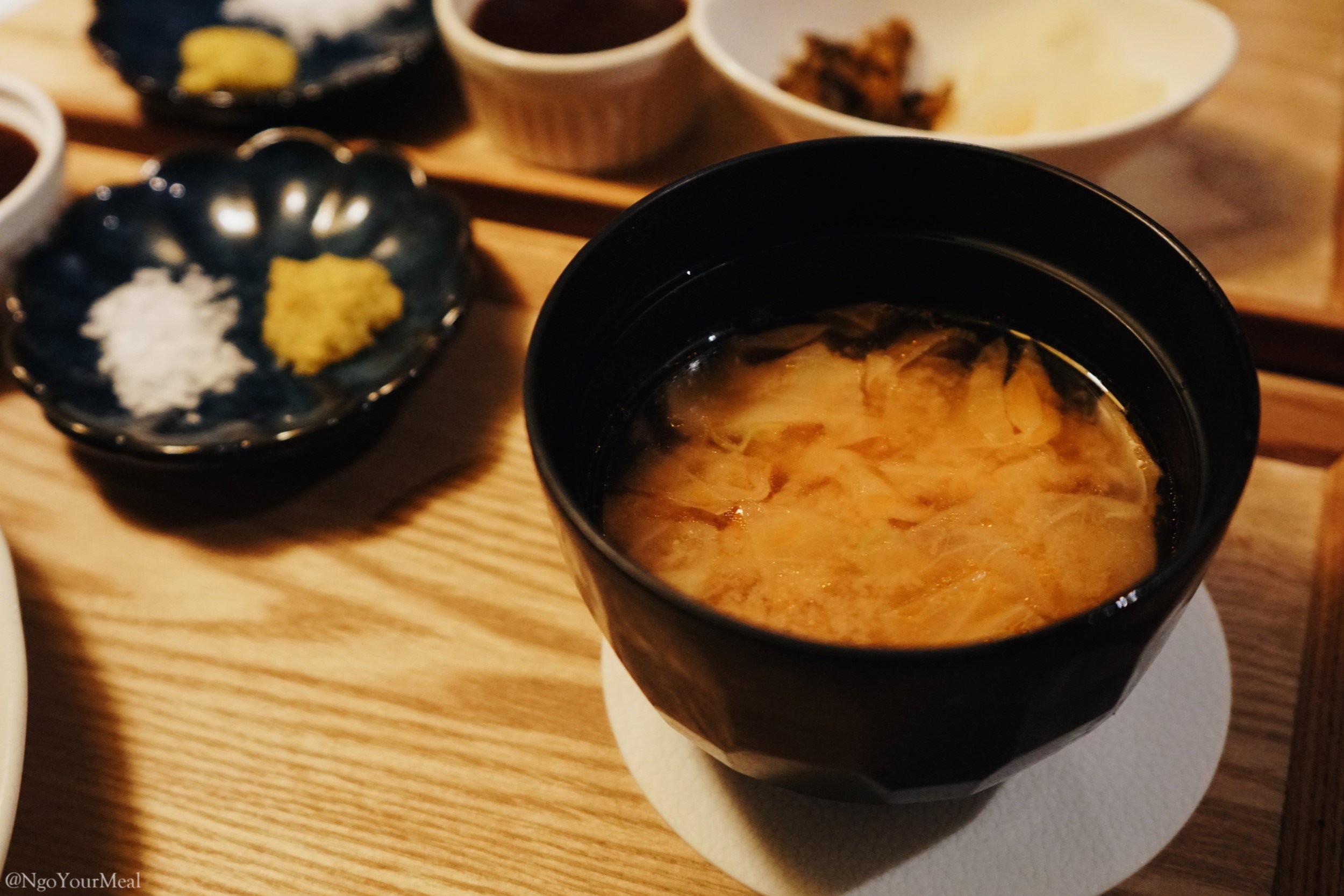
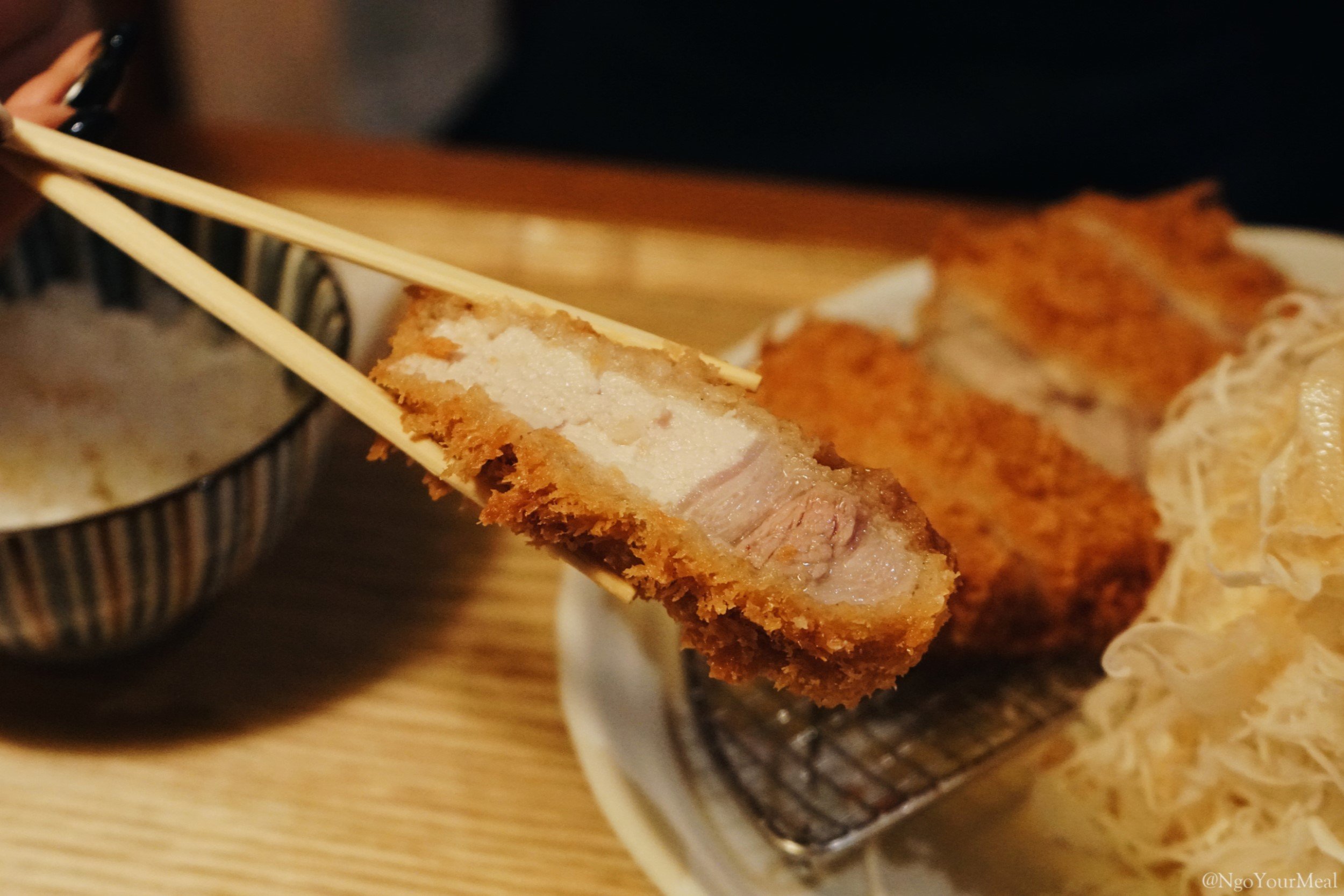
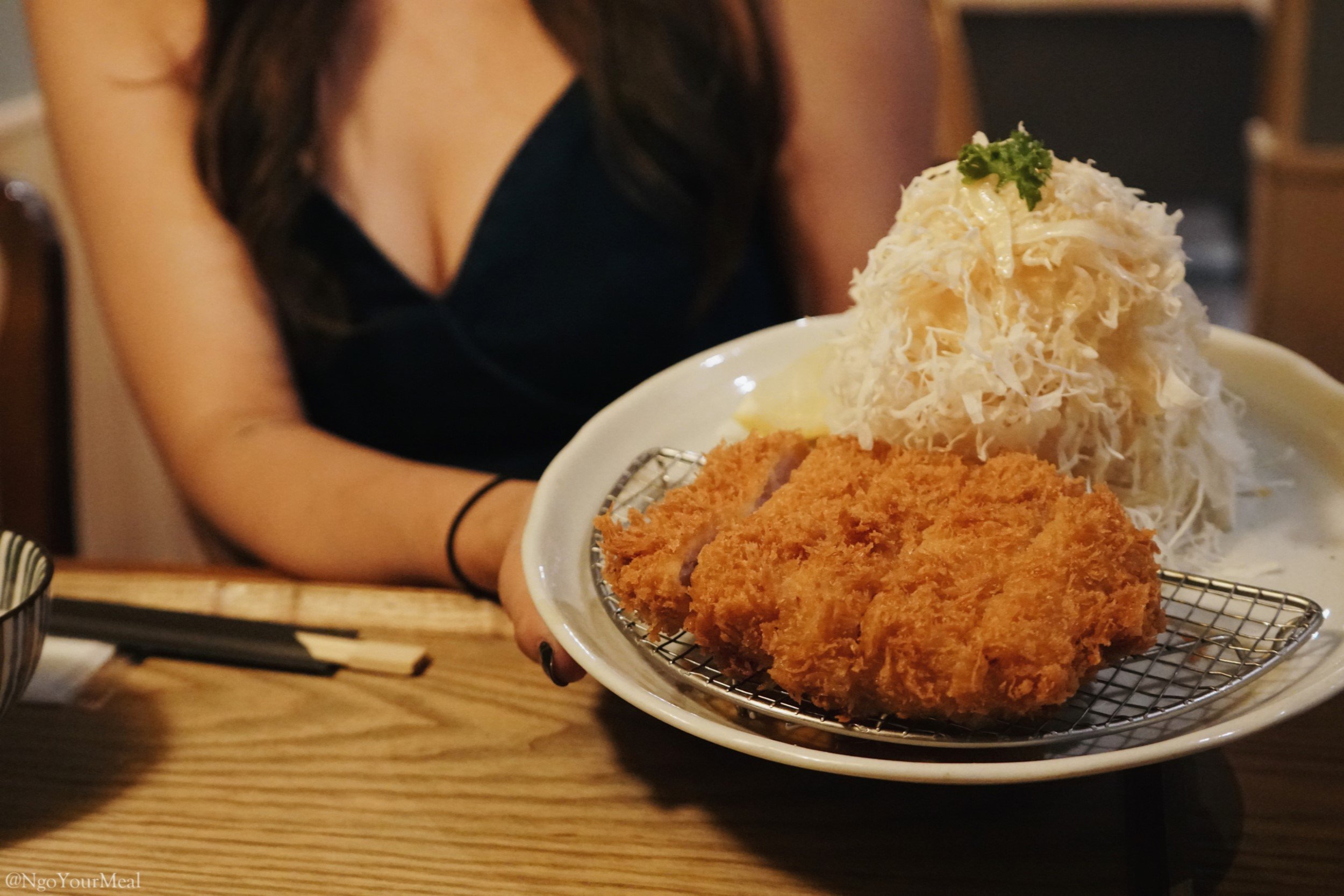
Cheongdam is an affluent neighborhood (or, more accurately, a “dong”) in the famous Gangnam district. This area is swarming with high-end bars and restaurants, art galleries, and luxury boutiques. It’s no surprise that wealthy individuals and celebrities have chosen to call Cheongdam home. In the midst of all this opulence, Hoshi Katsu is a refreshing destination for specialty tonkatsu.
The atmosphere at Hoshi Katsu is casual and easygoing. Most of the seats here are at the counter so it’s a great place to stop by for a quick meal, catch up with a friend, or, in our case, enjoy a no-frills lunch date.
Let’s get to business. Tonkatsu is taken very seriously at Hoshi Katsu. Based on what I could find online, Hoshi Katsu only uses black pork from the Korean island of Jeju. This breed is smaller and takes a longer time to reach slaughter weight (i.e.,10 months versus the usual 6 months).
This native pig is prized for both its taste and texture. The flavor is meaty with a surprisingly “clean” scent, which some say is caused by the high mineral content of Jeju’s groundwater. Notably, the most unique part of the Jeju black pork is its texture. While the meat is tender, it does have a distinct "chewiness” so you get a more fulfilling bite.
Jeju black pork by way of tonkatsu is, in my opinion, one of the most fun ways to represent this meat. You get the crisp from the golden crust, the richness of the soft fat, and then the juiciness of the premium black pork. Perfectly balanced as all things should be.
Hoshi Katsu takes things one step further by wet aging their pork for 15 days before double frying each cutlet - once at a low temperature then again at a higher temperature to avoid overcooking the meat.
Hoshi Katsu specializes in two main cuts: loin and tenderloin. If you’re looking for a leaner piece, go with the tenderloin (“hirekatsu”). Otherwise, if you prefer a richer, more oily piece, try the loin (“rosukatsu”), which has a nice strip of fat along one of the sides. For those who are indecisive, there’s an option on the menu where you can try both cuts.
All their energy isn’t just focused on tonkatsu. Hoshi Katsu also pays close attention to all the accoutrements, including the housemade yuzukosho, the shiso pesto sauce for the shredded cabbage, and the tonjiru, a heartier upgrade from the usual miso soup.
Overall, Hoshi Katsu makes great quality tonkatsu and I really appreciate all the thought that goes into each aspect of the set.
Entrance. Few things are more inviting than a beer sign.
Kirin Ichiban and Premium Yebisu Beer. A must for enjoying tonkatsu.
How to enjoy Hoshi Katsu Tonkatsu. I took some liberties in the translation but this is basically what it says:
Rosukatsu is tender with higher fat content while the Hirekatsu is more lean but still made with soft muscles.
Shake the cabbage sauce before using.
Enjoy the tonkatsu with salt and yuzukosho.
You can ask for more rice, tonjiru, cabbage, and sauce if needed.
Sauces. The tonkatsu sauce is thicker (on the left). The cabbage sauce is more watery (on the right).
Cabbage with Housemade Shiso Pesto. Hoshi Katsu’s tower of finely shredded cabbage was fragrant, crisp, and refreshing. It also contrasted nicely with the rich, oily flavor of the pork. Flavor aside, the cabbage should also help with digestion.
Salt and Yuzukosho. Their housemade yuzukosho is made with yuzu peel, chili, and salt. Compared to the store bought yuzukosho that I usually buy, Hoshi Katsu’s was less dry and had a stronger chili flavor.
Pickled Vegetables. This is great to give your palate a optional break from all the richness.
Tonjiru. Usually, I see tonkatsu sets come with miso soup but Hoshi Katsu’s set came with Tonjiru. This hearty Japanese soup is made with miso, thin slices of pork, and vegetables.
Rosukatsu. As you can see, there’s a nice strip of fat along the loin, making this a richer cut compared to the Hirekatsu. The meat has higher marbling content and tends to be more oily.
[14,000 WON]
Hirekatsu. This is the tenderloin cut. It’s more lean with no visible layers of fat. But, I can assure you that this piece is still tender and full of juicy flavors.
[14,000 WON]
